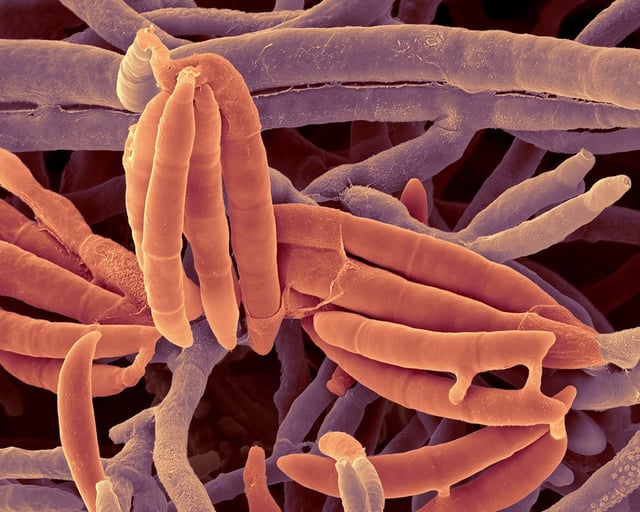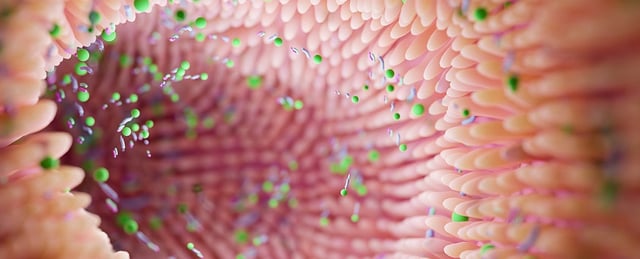Overview
- A study published in *Science* reveals that the gut fungus Fusarium foetens produces a metabolite, FF-C1, which reverses metabolic dysfunction-associated steatohepatitis (MASH) in mice.
- FF-C1 functions by inhibiting the enzyme Ceramide Synthase 6 (CerS6), reducing ceramide synthesis linked to liver inflammation and fibrosis.
- Researchers used an innovative fungal cultivation platform, FiChips, to isolate 161 fungal species, including F. foetens, from human stool samples.
- Global microbiome analyses confirmed that F. foetens is prevalent in the human gut, suggesting its potential therapeutic relevance.
- While the findings are promising, human clinical trials are necessary to validate the efficacy and safety of FF-C1 as a treatment for fatty liver diseases.

